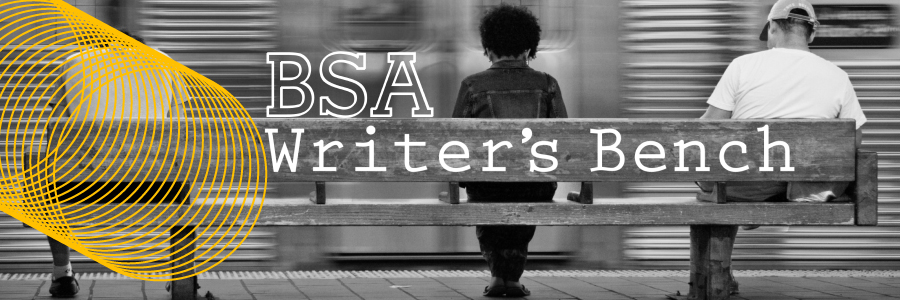
Like graffiti writers sharing black books and styles, BSA Writer’s Bench presents today’s greatest thinkers in an OpEd column. Scholars, historians, academics, authors, artists, and cultural workers command this bench. With their opinions and ideas, we expand our collective knowledge and broaden our appreciation of this culture ever-evolving.
by Enrico Bonadio
Street Art and Graffiti:
The Role of Copyright
Artists are getting robbed. It is time to give them the legal tools they need. With this spirit, a few years ago, I started researching copyright aspects of street art and graffiti.
These artistic movements have been intriguing me for a while. Living for several years in the East London area of Shoreditch, where creativity has exploded and developed after the new millennium’s arrival, has certainly nurtured my curiosity towards these forms of art.
Walking through Brick Lane, Red Church Street, Hackney Wick, and other London neighborhoods full of free-hand graffiti pieces, stenciled images, myriads of stickers and paste-ups, street poetry and sculptures, abandoned miniatures, and many other artworks – opened my eyes and broadened my knowledge of these artistic movements. Visiting, discovering, and experiencing graffiti-friendly areas around the world – including Stokes Croft in Bristol, Kreuzberg in Berlin, Williamsburg and Bushwick in Brooklyn, Hosier Lane and Fitzroy in Melbourne, Florentin and Nachalat Binyamin in Tel Aviv, La Candelaria and Puente Aranda in Bogota’ – filled me with even more curiosity and willingness to study further and understand these creative subcultures.
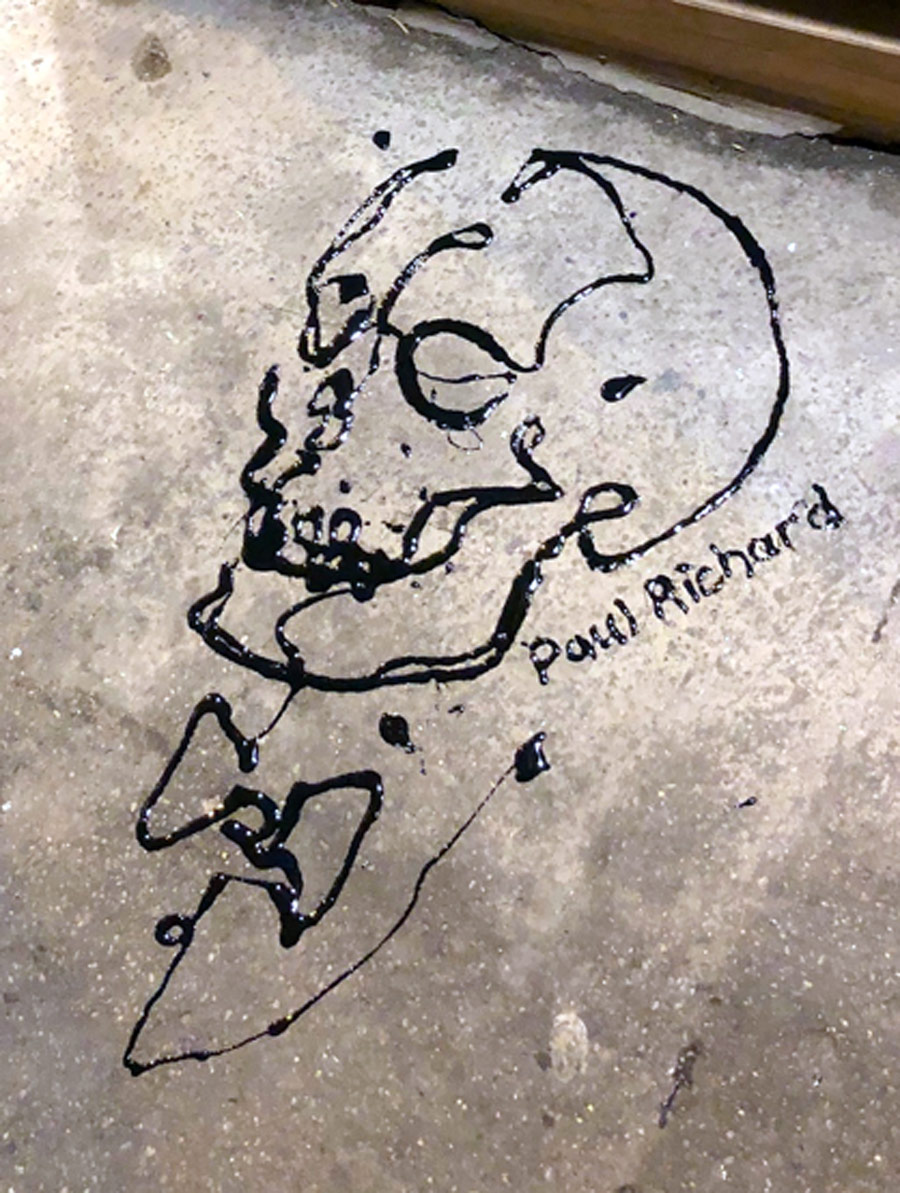
“So I started wondering about whether the artworks I was admiring could and should be protected by copyright in the very same way works of fine art are, even where the pieces are created illegally”
Bonadio
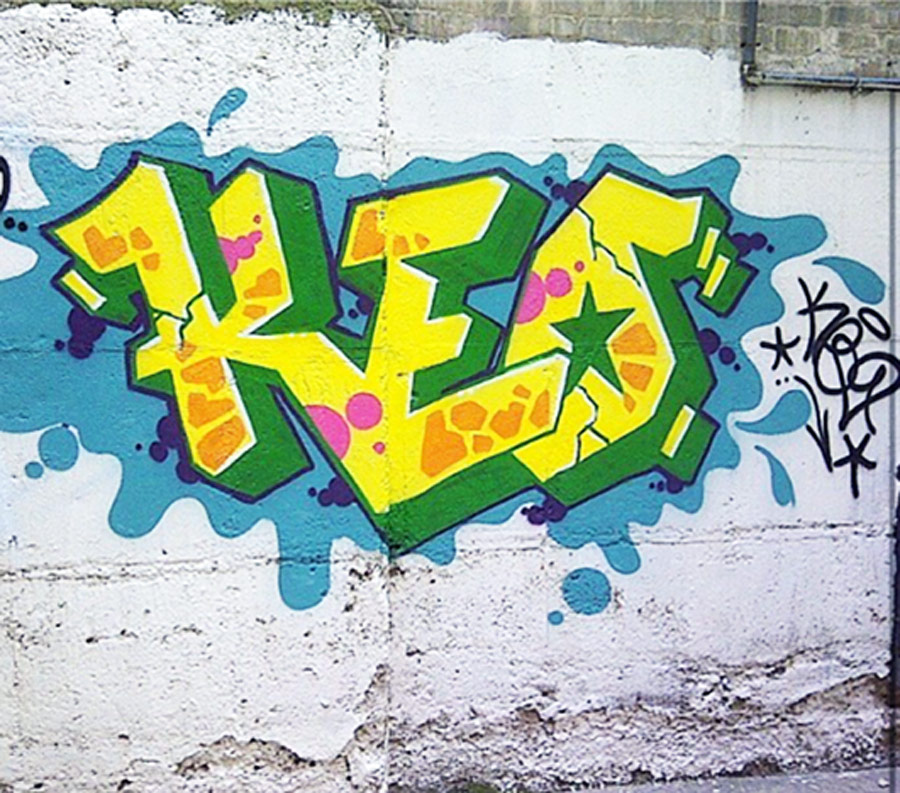
While studying and admiring the beautiful art that cityscapes can offer us for free, I could not help thinking about whether and to what extent the branch of law I’ve been researching (and practicing) for many years – i.e., copyright law – may regulate such forms of creativity. So I started wondering about whether the artworks I was admiring could and should be protected by copyright in the very same way works of fine art are, even where the pieces are created illegally, namely, without the consent of the owner of the tangible support upon which the piece is placed, for instance, a wall.
Corporate Appropriation Must End
The research I have begun is increasingly relevant in many areas. In recent years there has been a sharp increase in cases where corporations from diverse sectors as fashion, food, entertainment, cars, and real estate, have been sued by street and graffiti artists because their artworks were used and exploited without the artists’ authorization. For example, their works have been used in advertising campaigns, as backdrops in promotional videos, or as decorative elements or motifs in products.
Cases of misappropriation of art placed in the public space are alarmingly increasing in many corners of the world, confirming that these forms of art are vulnerable. They are actually more exposed to unauthorized exploitation and destruction than works of fine art are because they are placed in the public – not in closed galleries or museums. As noted by criminologist Alison Young, graffiti and street pieces are ‘written on the skin of the city.’
Corporate appropriation is particularly risky and troublesome. The graffiti and street art boom of the last decade has attracted attention from marketing professionals in pursuit of new commercial ideas that attempt to give their products an aura of street credibility. What marketing experts and advertisers of these companies may think is: “these murals are placed outside, on the streets; they are often illegal and therefore can be freely used and commercially exploited without asking permission.”
That is wrong. Street artists and writers can, if they so wish, rely on copyright to protect their art—no matter where it is placed. The fact that they create in public spaces does not indicate that they waive the rights and protection offered by copyright law, meaning that artists and writers may stop corporate appropriation and co-option, and they may be entitled to economic compensation.
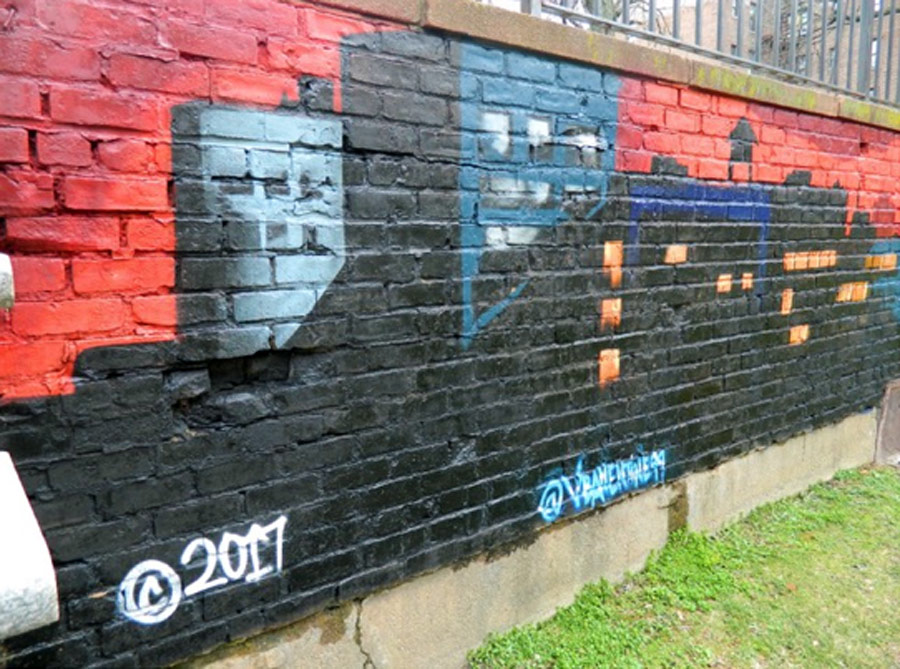
What marketing experts and advertisers of these companies may think is: ‘these murals are placed outside, on the streets; they are often illegal and therefore can be freely used and commercially exploited without asking permission.’
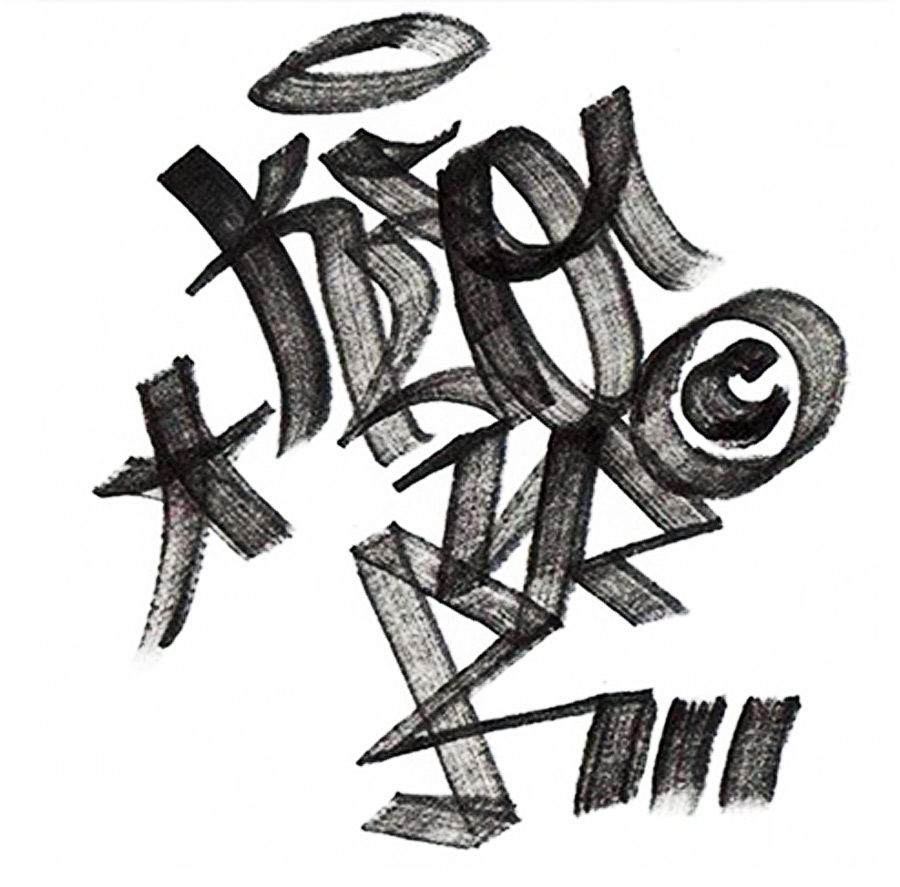
The communities’ interest in preserving street artworks is also growing, for example, when famous artists create them; such pieces indeed are sometimes protected by perspex glass or if painted on plywood or other removable surfaces preserved in indoor locations. As a way of example, it is worthwhile to highlight the mission pursued by the Memorialize the Movement group in Minneapolis, which collects and conserves the many outdoor artworks that had been painted to commemorate George Floyd since the day of his murder.
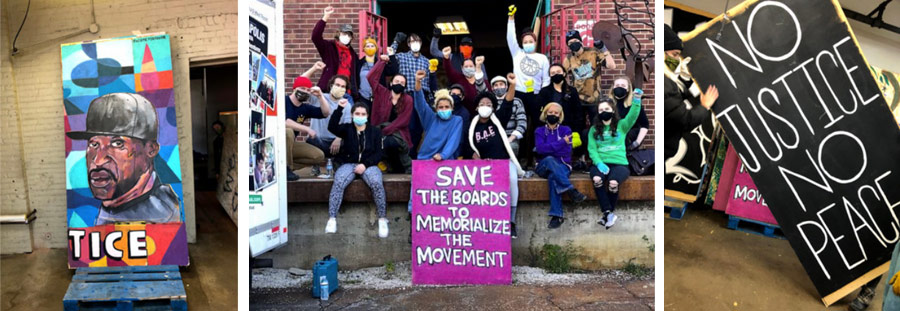
In my research, I’ve also been interested in finding out whether street artists and writers may invoke moral rights protection to successfully oppose destruction or other treatments of their works that they may feel to be unacceptable; and what the impact of such outcomes would be on the rights of property owners and other people.
More specifically, in recent years, we have witnessed cases involving the removal of pieces originally placed in the street and their relocation in galleries, museums, private collectors’ houses, or other indoor places to be sold. This occurred with murals painted by famous street artists such as Banksy, Stik, Invader, and Swoon. The phenomenon is well represented in the 2018 movie The Man Who Stole Banksy, directed by Marco Proserpio, a provocative documentary about how murals painted by the famous English artist can be removed, sold, and collected legally. It is also funnily satirized in Stik’s mural ‘Art Thief,’ painted in Shoreditch (East London).
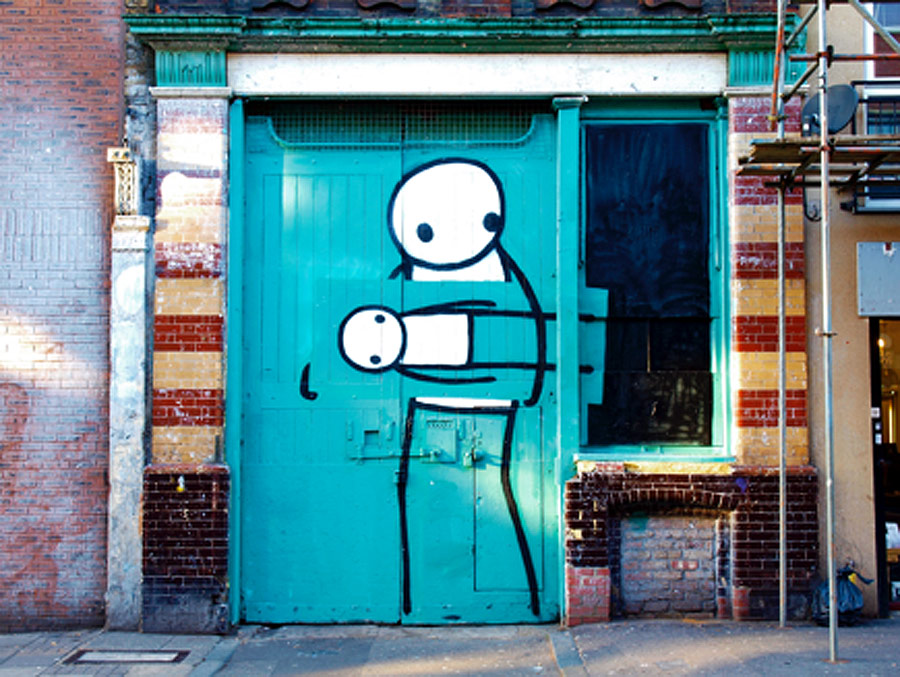
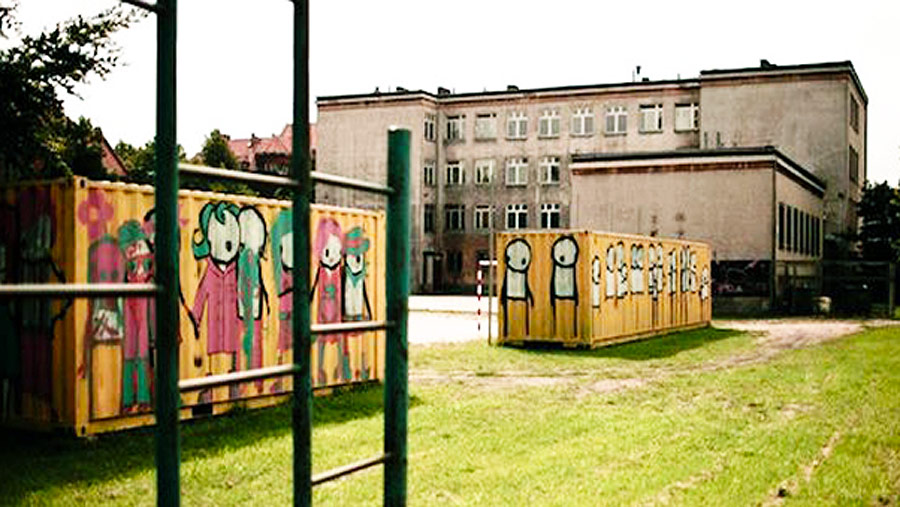
Community Mural by Stik. Gdansk, Poland 2011. Photo by Laznia Center for Contemporary Art.
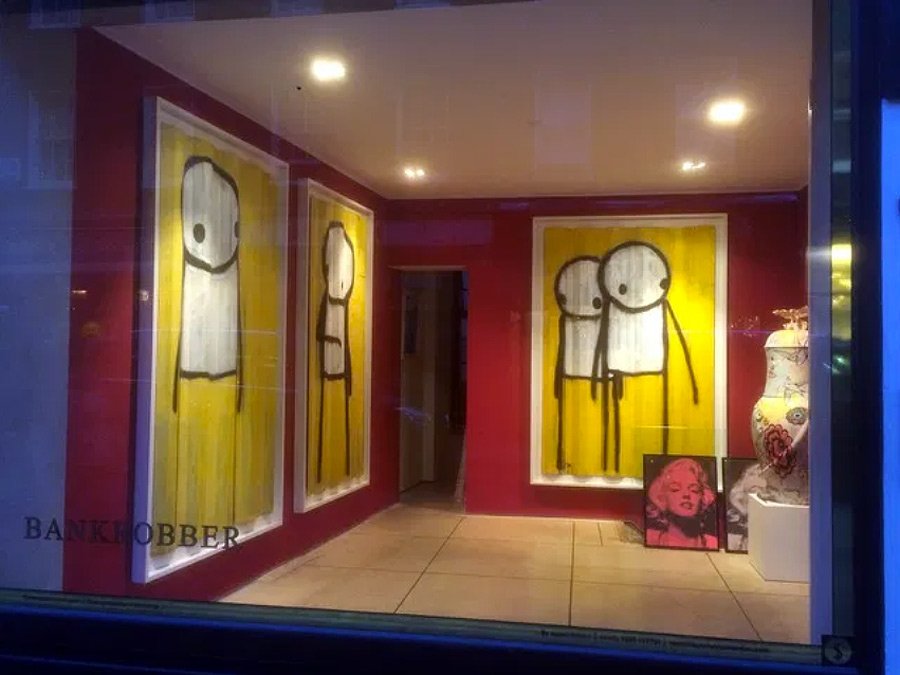
Three of the pieces from the Stik mural at the Bankrobbery gallery in London in late 2015. Photo by Stik
The Impact of 5Pointz and VARA
A recent case that has attracted wide media attention is the dispute concerning 5Pointz. In 2018 a New York judge awarded twenty-one street and graffiti artists who had painted at the famous outdoor mural space in Queens US$6.7M in damages under the US Visual Artists Rights Act (VARA), as the owner of the site had whitewashed their paintings illegally.
This decision is quite revolutionary. Practitioners of a type of art that wide sectors of society have long considered of minor artistic value have been offered a form of legal protection originally designed with traditional fine artists in mind. In other words, what this case seems to confirm is that the gap between street and graffiti art and fine art is narrowing, which may contribute towards changing the perception that members of the general public have of these forms of creativity.
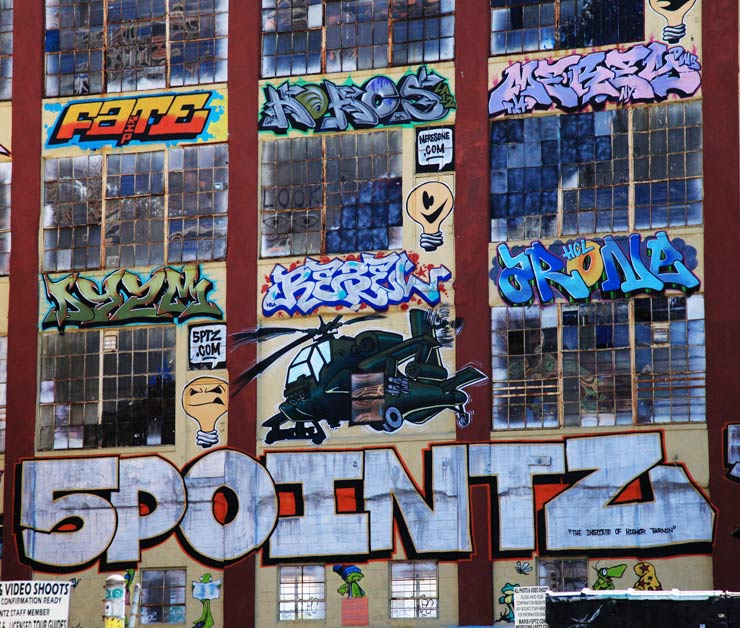
5Pointz, 2013 (photo © Jaime Rojo)
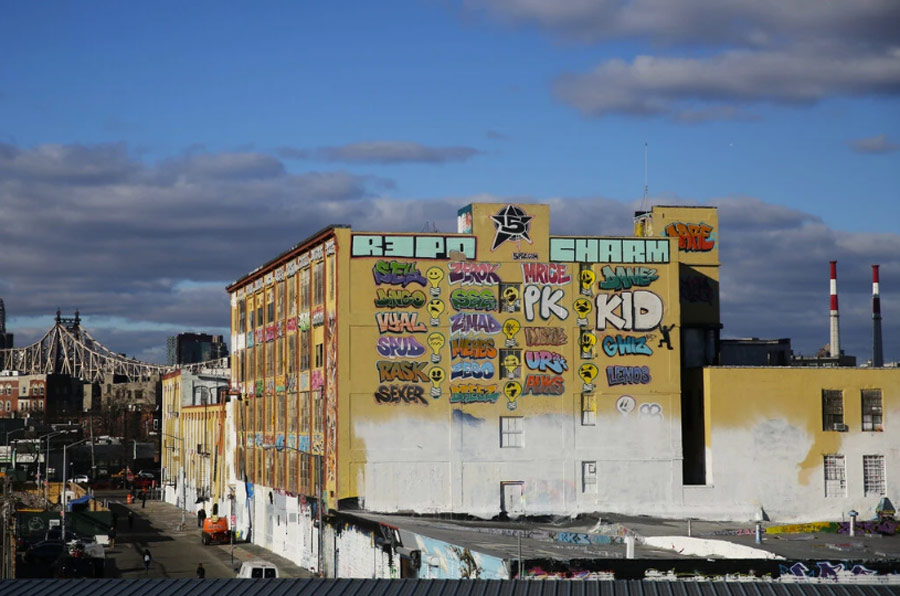
(©Todd Heisler/The New York Times)
Who would have imagined such a scenario in the late 1960s and early 1970s, when a bunch of kids in New York (and to a lesser extent in Philadelphia) started and developed a subcultural lettering-based artistic movement, which would spread to many cities around the world, and later evolved into, influenced and merged with more figurative forms of art in the street such as muralism? The graffiti pioneers of that era obviously couldn’t care less about asserting copyright on their pieces (predominantly painted illegally on walls and subway trains) or about trying to save them from whitewashing.
After all, how could you ask the company managing the subway system to preserve a piece you’ve painted on the external panel of a train? Instead, their focus was on improving their lettering style, competing with their peers, and eventually advancing the artistic subculture.
What Art My Rights as an Artist in Public Space?
Although several street artists and writers I’ve talked to in recent years have proved to be generally conscious of how important these laws have become, many practitioners within these creative communities still ignore relevant aspects, aims, and facets of a field of law that may seem far out of reach and difficult to grasp.
Some typical questions that artists may ask include;
- Is my piece protected by copyright even if it is in public space?
- Don’t I waive rights when I place my work out there?
- Do I keep the copyright on my piece when I do a commissioned work?
- Can I oppose the destruction or removal of my mural or other artwork?
- How could I extract value from my artwork?
These are just a few of the questions I’ve heard during my encounters with street artists and graffiti writers. Their curiosity is understandable. They put effort, passion, and love into something that often beautifies our neighborhoods. They inject creativity into the cities for artistic self-pleasure and to decorate, complement, and often challenge the environment where the artwork is created and placed.
Support the Artist and the Arts
This is also why I decided to research these very issues, and in particular, to investigate to what extent general principles and rules of copyright law apply to these art forms and how the law can help and empower artists. In my research, I’ve looked at both street art and graffiti: I am, of course, aware of the differences between these art forms, with the former being more open to the general public and the latter being more secret as it revolves around lettering and the re-interpretation of the alphabet. However, I’ve decided to research both artistic movements as the copyright issues that affect them are similar.
The ultimate aim of my research is to shed light on certain aspects and issues of a branch of law – copyright – which has become relevant to these creative subcultures. And being aware of such issues—I believe— makes street artists and writers more confident and encourages them to keep beautifying our cities.

Enrico Bonadio
Enrico Bonadio is Reader in Intellectual Property Law at City, University of London and a street and graffiti art aficionado. His current research agenda focuses on the legal protection of non-conventional forms of creativity. He recently edited the Cambridge Handbook of Copyright in Street Art and Graffiti (Cambridge University Press 2019) and Non-Conventional Copyright – Do New and Atypical Works Deserve Protection? (Elgar 2018). He is currently working on his monograph Penetration of Copyright into Street Art and Graffiti Sub-Cultures (Brill, expected 2022).
Enrico is Member of the Editorial Board of the NUART Journal, which publishes provocative and critical writings on a range of topics relating to street art practice and urban art cultures.
His academic research has been covered by CNN, Wall Street Journal, Bloomberg, BBC, Washington Post, The New York Times, Financial Times. Reuters, The Guardian, The Times, Independent and The Conversation, amongst other media outlets.
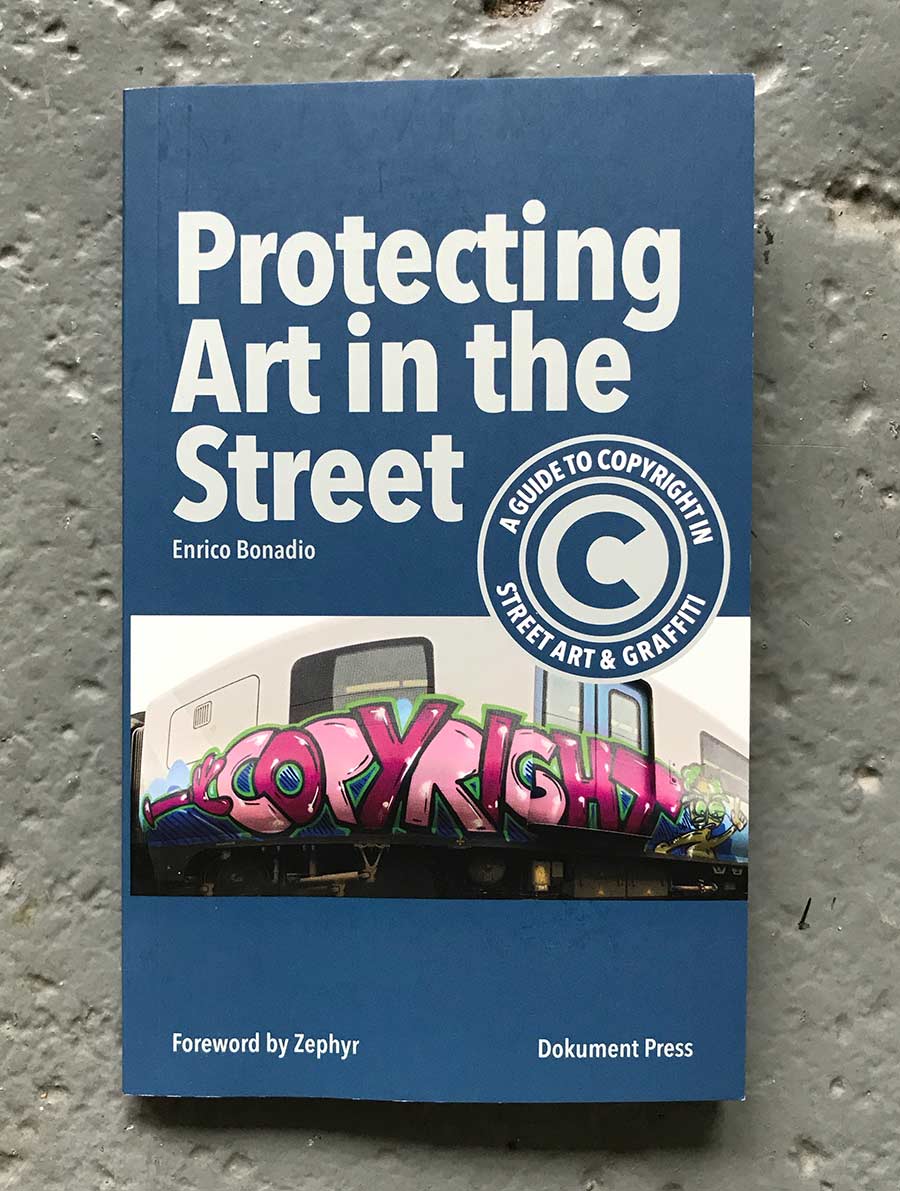
Enrico’s current title is Protecting Art in the Street: A Guide to Copyright in Street Art and Graffiti (Dokument Press), with a foreword by Zephyr
Opinions expressed on BSA Writer’s Bench do not necessarily reflect those of the editors or BSA.
 BROOKLYN STREET ART LOVES YOU MORE EVERY DAY
BROOKLYN STREET ART LOVES YOU MORE EVERY DAY










